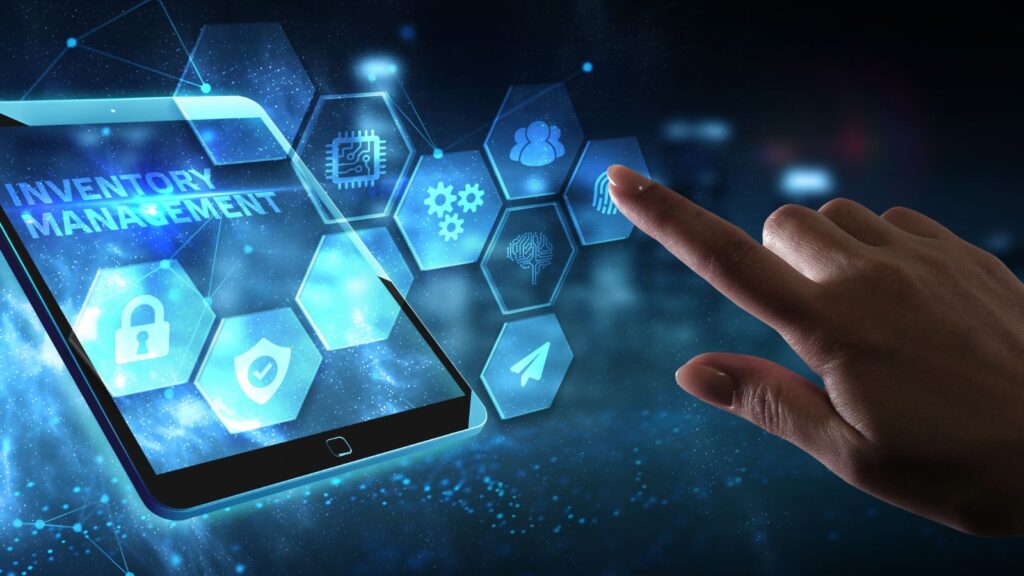As the digital world continues to grow and evolve at lightning speed, it’s crucial for businesses to utilize content management systems that are scalable, flexible, and efficient to remain competitive. However, while an average CMS will suffice for the average growing business on a small scale, by the time a business becomes a large enterprise, the need to streamline massive amounts of content does not translate into needing an average CMS. It needs more. A headless CMS is the system that an enterprise should rely on to promote enterprise growth successfully, as it simplifies the process of managing and distributing content. Similarly, Enterprise WordPress Development plays a crucial role in ensuring large-scale businesses have a highly customizable and scalable web presence, allowing them to adapt to evolving market needs efficiently.
The Flexibility of Headless CMS for Enterprises
Perhaps the greatest benefit of a headless CMS is the cross-channel availability across multiple digital fronts, which caters to a growing business’s need in an omnichannel environment. So, read on to discover how to empower enterprise growth with headless CMS for example, a CMS with a front end may fail a growing business in the future of its operations if it needs to redirect content down the line, since it has tethered content to one front end and doesn’t offer flexibility.
But the headless CMS eliminates this option, and down the line, as companies truly focus on content, this redirection can occur at any scalable, accessible level since a company can have any digital front and still have great content achieved on the back end with a headless CMS that only focuses on the content back end. An API driven architecture allows companies to ensure a consistent and cohesive brand identity across web applications, mobile, IoT, and even emerging endeavors like AR and VR. For instance, a global eCommerce company could use a headless CMS so that all of its worldwide sales teams offer the same pitch albeit accessing regionally specific content for one group in their own language.

Such accessibility improves usability and brand loyalty as users realize their personas are acknowledged and valued. The ability to pivot is only compounded when using Storyblok as a headless CMS with its inherently simplistic, modular content. Content is siloed banners, product cards, forms, etc. which makes it transferable and accessible across multiple channels, campaigns, and more. An ecommerce application with in-app purchases can create one holiday banner and use it on the website, in-app, and on the digital store’s TVs simultaneously. This reduces redundancies, increases speed to market, and encourages consistent branding across all consumer touchpoints. In addition, the enterprise scalability offered by a headless CMS like Storyblok allows companies to easily expand operations down the line.
From multilingual options to integrations in yet-to-be-established digital universes, this option gives enterprises everything they need to start and sets them up for success down the line. The ability to scale in such a way and with such foresight only contributes to the extensive value of a headless CMS that supports a unified brand experience.
Accelerating Time-to-Market with a Headless CMS
With companies competing against one another at breakneck pace, it’s not enough to be agile; the competitive advantage comes from speed. Businesses must be capable of adjusting in the blink of an eye with market-level changes, and campaigns can be launched and audience experiences rendered almost instantly. A headless CMS is constructed for enterprise growth; it enables teams to set up, modify, and deploy campaigns in the blink of an eye with minimal disruption.
Maybe the most tempting aspect of a headless CMS is the seamless collaboration it provides between marketing and development teams. With visual editors like Storyblok’s marketers can deploy, edit, and manage their content on their own without constantly bothering developers for trivial changes. Therefore, once content is finalized for a particular campaign, it can be instantly published for much quicker turnaround. Meanwhile, developers can build customized front ends without hassle and with extra ease and speed using any framework of their choice, be it React, Vue, or Next.js.

Ultimately, both teams operate at a much better level of efficiency without getting in each other’s way. For instance, let’s say an organization has a product it plans to launch that has been in development for some time. It needs to ensure that its marketing team can adjust marketing language across various channels, simultaneously and in real time. A headless CMS allows the marketing team to have one source of content to understand and adjust facts on the website, the mobile app, the email, and the physical location, all at once, sent out in the same direction. When businesses need to do this, they reduce the time lag of content conferral, which allows them to communicate with customers faster and more effectively when needed.
Also, a headless CMS is API driven, meaning content delivery is performance-based for consumption no matter what time of day is high traffic. For instance, during a Black Friday sale or worldwide product launch, a headless CMS can support the high traffic an enterprise desires and needs without compromising its customer-facing experience. Such speed and reliability allow enterprises to remain more constantly stabilized in the marketplace to engage and do so faster and more effectively with anyone else.
Scalability for Global Enterprises
Once a company establishes itself and starts growing, there’s no turning back. It must scale. Thus, the content management solution must be robust yet flexible. A headless CMS promotes enterprise expansion because of its scalability, flexibility, and increased efficiency. Yet, a regular CMS cannot bear the enterprise-level burden that most businesses will need. For enterprises that require a massive volume of international marketing content, a giant e-commerce warehouse boasting millions of product pages and API-based architecture via a headless CMS solution allows for seamless dissemination. Content can be sent to various websites, applications, IoT, and whatever else may be on the horizon, think AR and VR in one cumulative entity. This is a positive aspect of the enterprise solution because the faster and easier something can be done, the more likely the company will do it, and disseminating the same message across channels doesn’t hurt its impact. For example, take Storyblok, the number one headless CMS.
A modular content system allows for easier management of content across a complex content strategy. While companies have their overarching content management vision in one place, many want to disperse pieces for more granular distribution across regions like a global retailer with an international, multilingual campaign. This software allows for the creation of a hierarchy of content blocks to be used, which can be repurposed along regional lines and adjusted by what needs to be so that one product can be offered in any language, all from the same software. The capability to achieve this reduces redundancies and time-wasting efforts and supports a unified message. Furthermore, the scalability of a headless CMS is critical for businesses that experience high traffic at specific times over the holidays and seasonal launches.
A headless CMS can accommodate the need without sacrificing quality or speed. Therefore, clients can visit the site during these busy seasons with rapid loading times and operational functions even under full capacity. This freedom and flexibility are essential for companies that require increased access and do not have to worry about low-quality performance and frustrated clients. Future-looking enterprises want to partner with a headless CMS. Should they need to integrate with further technology in the future, should they need advanced international campaigns, or should they need to scale content creation efforts, a headless CMS will fit the bill.
Enhancing Collaboration Between Teams
There is no better path to success than teamwork and a headless CMS offers more opportunities for teamwork between the marketing/content teams and the development teams than a standard CMS. For example, Storyblok is a headless CMS that offers a collaborative environment where marketers can make front-end changes and edits in the same space simultaneously in real time while developers are making their back-end adjustments. This separation of environments eliminates bottlenecking and fosters the best possible workflow efficiency. Thus, enterprises can grow effectively and fast because of it.
Future-Proofing Your Digital Strategy
Technology is always evolving. Enterprises require systems that embrace evolution. A headless CMS promotes future development as it makes adopting the next big trends AI, voice, and AR/VR integration easier down the line. Thus, choosing to support enterprise development with a headless CMS guarantees enterprises that they’ll stay at the forefront with external digital endeavors and internal development. For example, a retail enterprise could upgrade its voice shopping experience or AR virtual dressing room experience via a headless CMS. These transformative experiences not only intrigue the customer but foster loyalty and position enterprises above their competition.
By embracing the power of a headless CMS, enterprises can achieve greater efficiency, flexibility, and growth in today’s competitive digital landscape. Platforms like Storyblok are paving the way for businesses to unlock their full potential, proving that a headless CMS is not just a tool – it’s a transformative solution.
